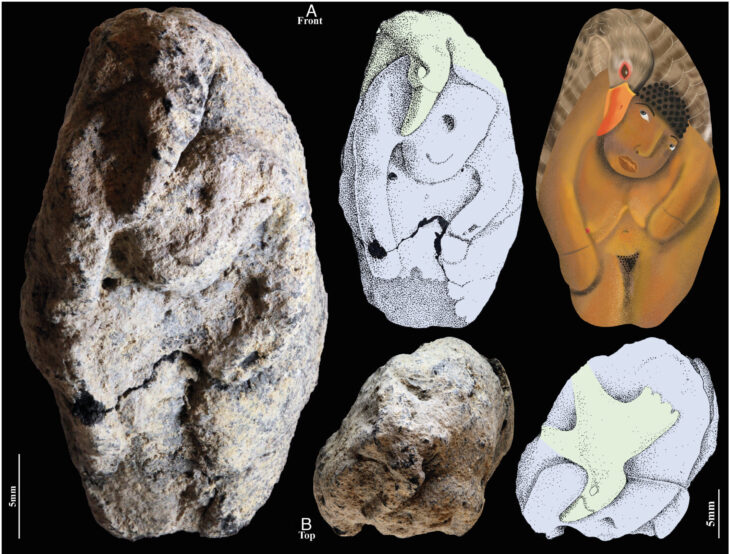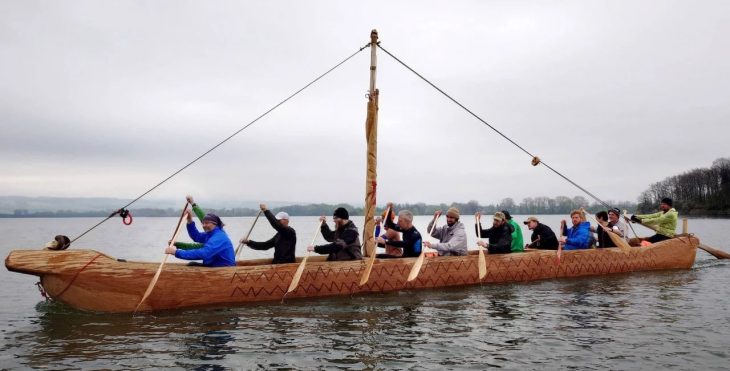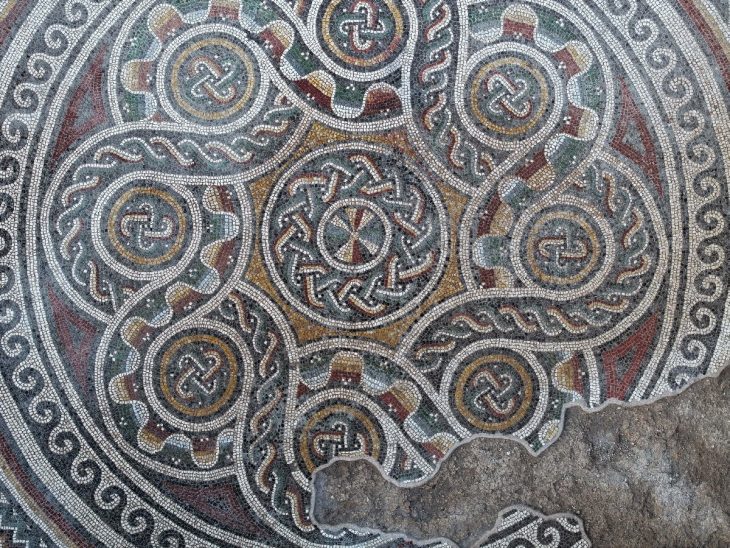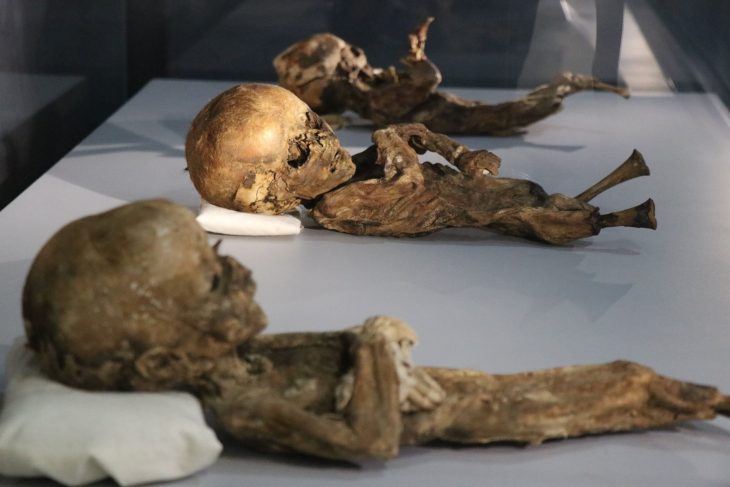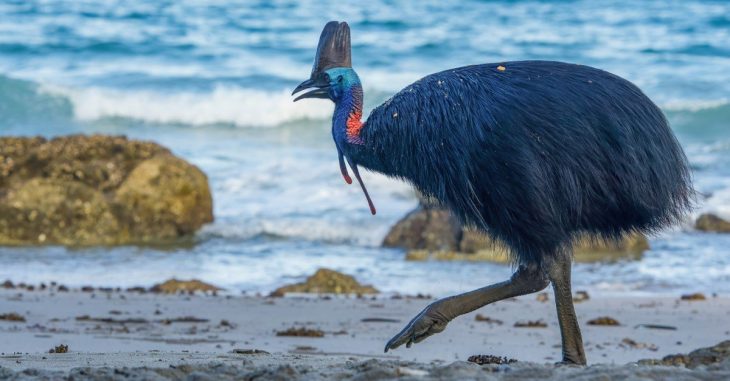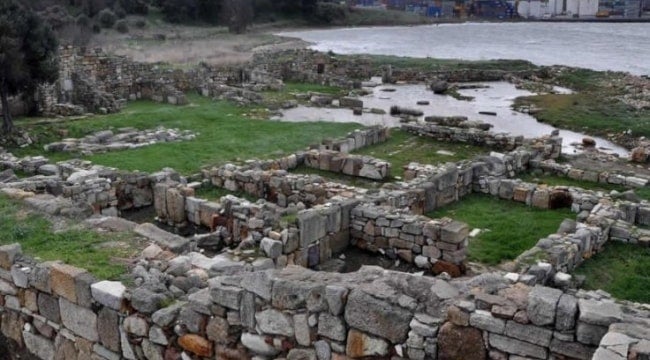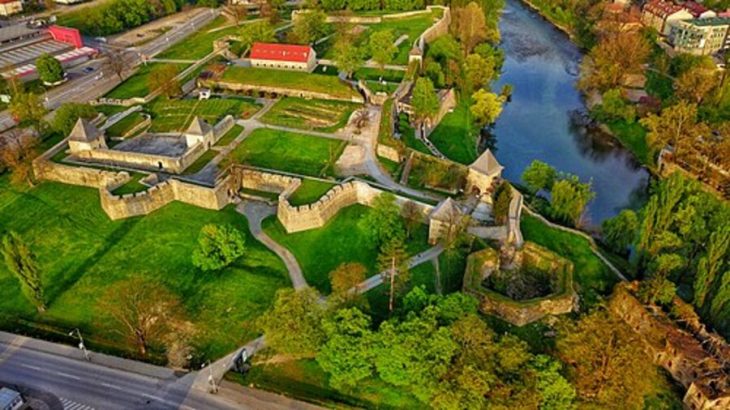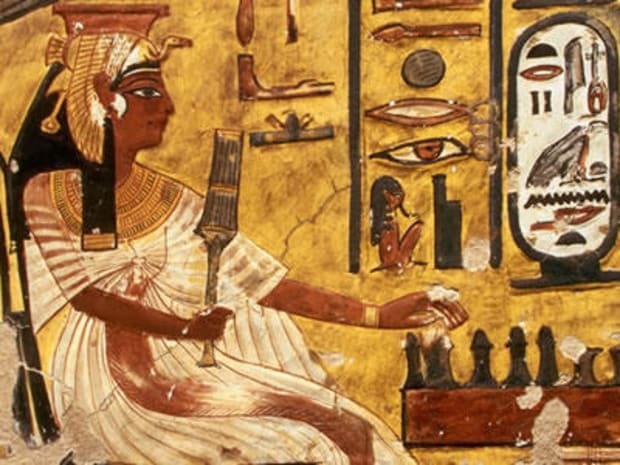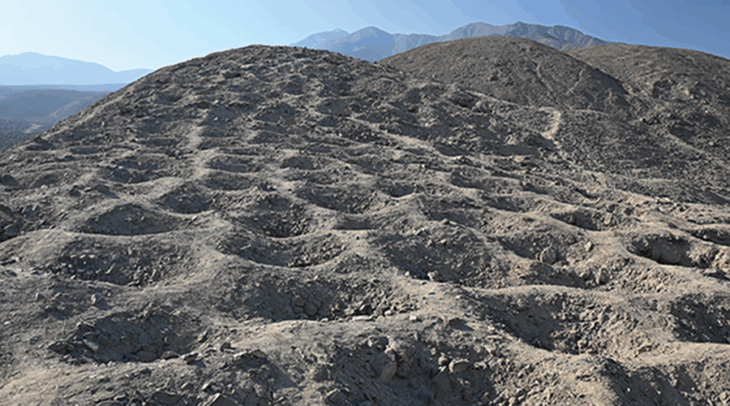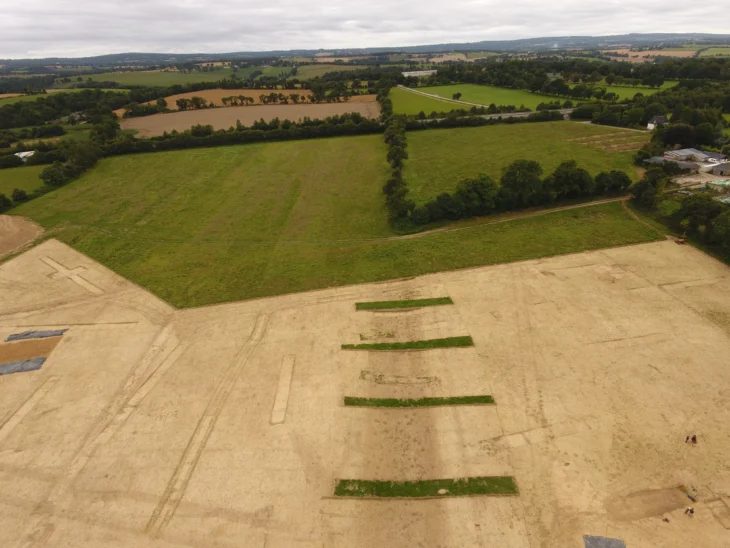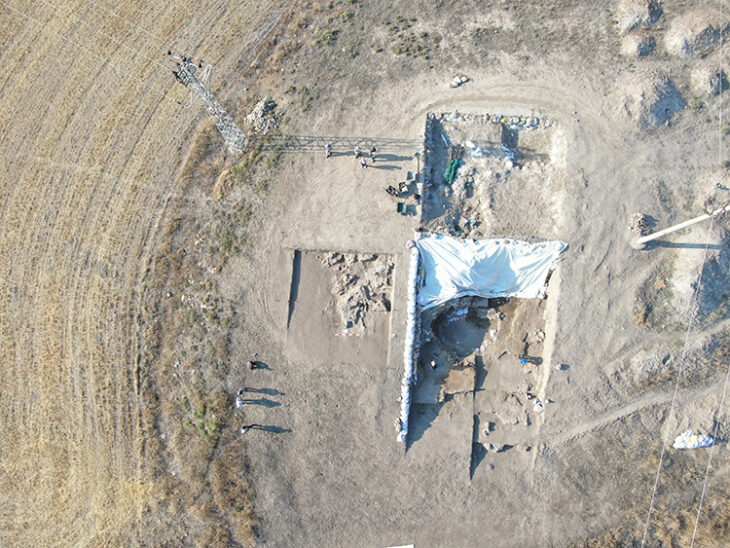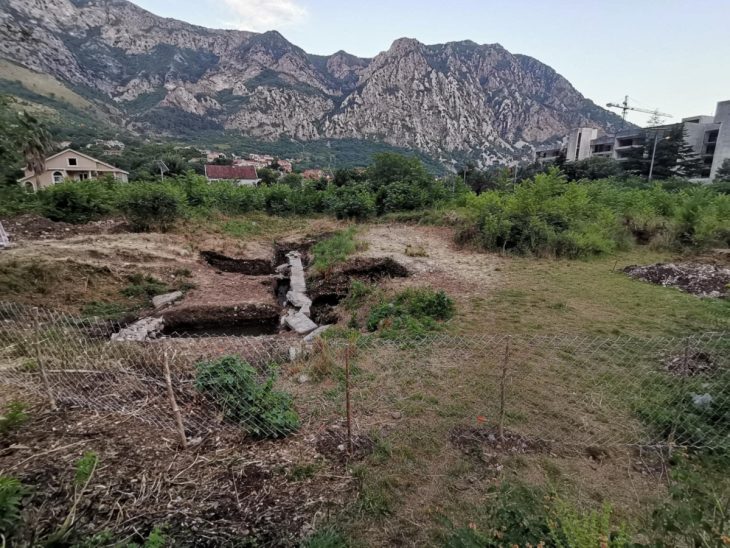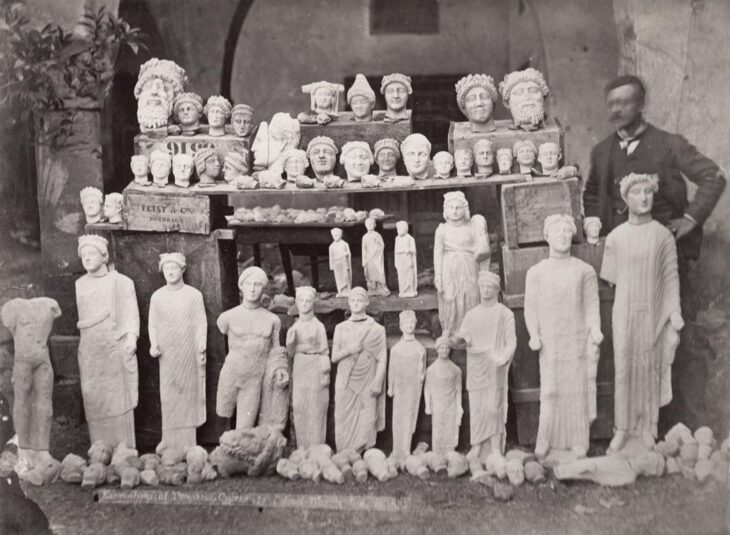A sunken prehistoric fort has been discovered on Clew Bay island off the north Mayo coast, Ireland.
It has been reported that the discovered fort may be as important as Dún Aonghasa, the largest of the prehistoric stone forts of the Aran Islands. It is located on Inis Mór, at the edge of a 100-meter-high (330-foot) cliff. Dún Aonghasa (unofficial anglicized version Dún Aengus), a popular tourist destination, is a significant archaeological site.
Archaeologist Michael Gibbons told the Irish Independent that initial surveys suggested that the island of Collanmore was a late Bronze Age fort.
The discovery of several large ramparts slicing through the tidal isthmus connecting the island to the shoreline outside of Westport provided the first clue.
One of the bigger islands in the bay, Collanmore, which is accessible by foot at very low tides, was once a base for the Glenans Irish Sailing Club.
📣 Our WhatsApp channel is now LIVE! Stay up-to-date with the latest news and updates, just click here to follow us on WhatsApp and never miss a thing!!
The set of double ramparts are faced with large limestone blocks and extending for 200 to 300 meters, and are “most likely to be late Bronze Age in date, dating between 1100-900 BC”, Mr Gibbons said.
Both features are covered on high tide, and the site is “so large and coated in seaweed that one can see why it wasn’t discovered before”.
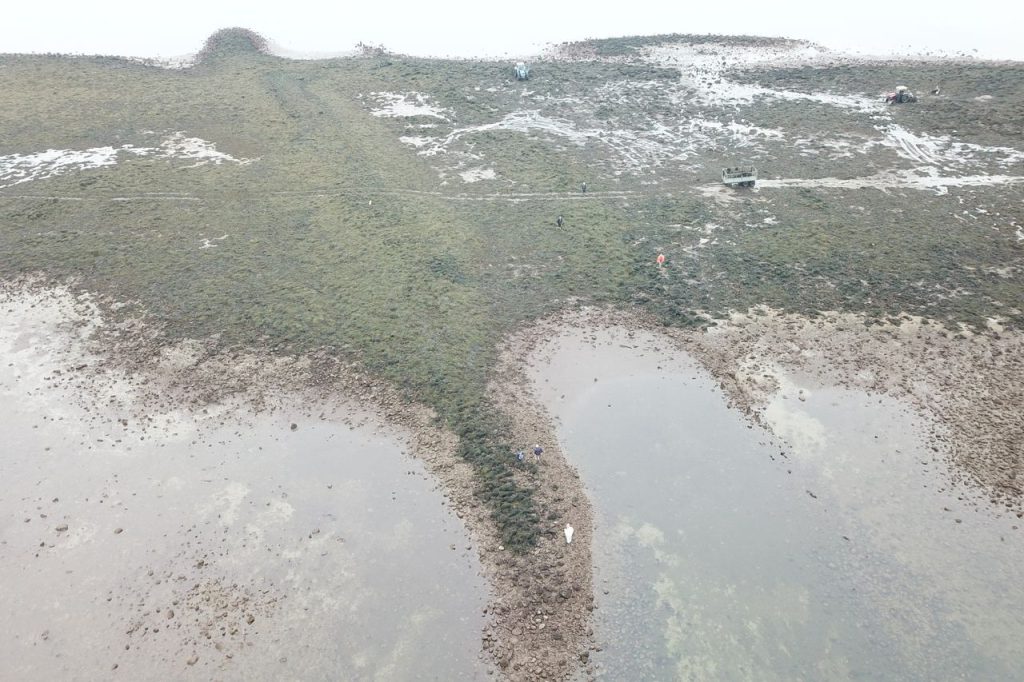
The archaeologist said they were lucky that day as there were men cutting seaweed in the same area. A team from Connemara and archaeologists from Mayo County Council were also present.
“This outer rampart — as in, the one nearest the mainland — was known to the locals, but they had no idea how old it was or how significant it is. Their size and scale “would suggest that the island was of major strategic importance at the time”.
Gibbons stated that similar ramparts can be seen in other coastal and lake promontory forts in the west of Ireland, with the closest examples being found to the north, including a large promontory fort defended by double ramparts north of Newport, Co Mayo, and a massive promontory fort on Lough Fee, located on the northern shores of Carra Lake.
“Late Bronze Age hillforts are the largest monuments built in Ireland and can measure up to 320 acres in area, with kilometers of defensive ramparts,” he said.
The later part of the Bronze Age (1500-700 BC) was a time of settlement expansion and economic prosperity in Ireland. Hillforts are another manifestation of a warrior culture that emerged not only in Ireland but across Europe during the Middle and Late Bronze Age.
“They were built by warlord-dominated societies and we have very good evidence they were in active use during periods of warfare between various tribes,” Gibson added.
The Clew Bay discovery has been reported to the National Monuments Service.
Cover Photo: Clew Bay, Co, Mayo, Wikipedia


